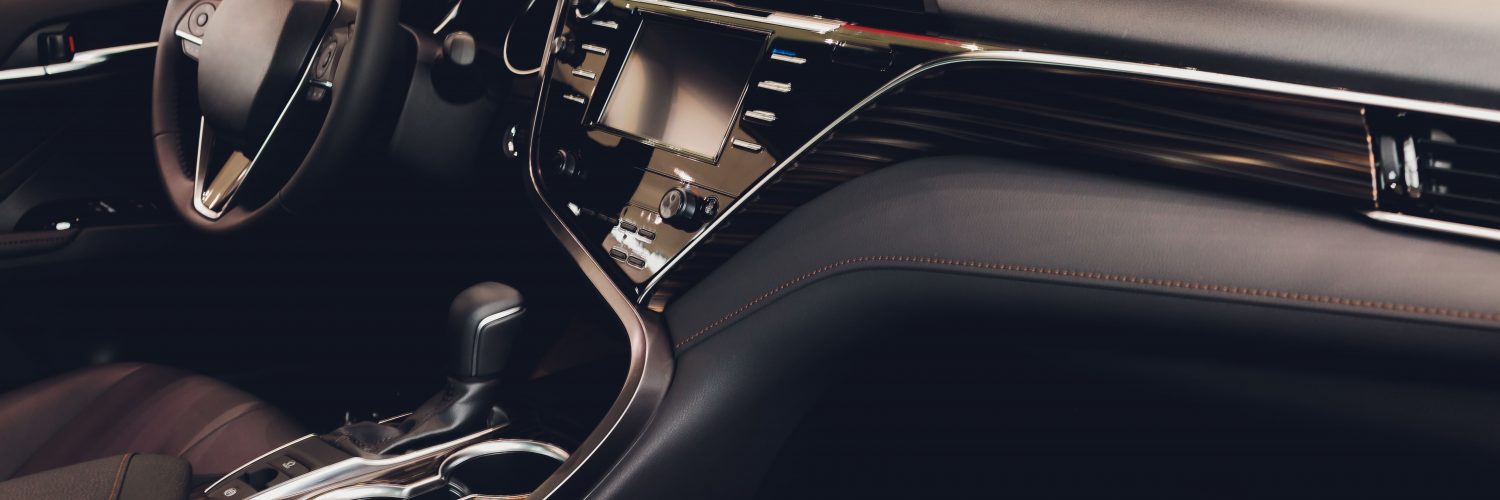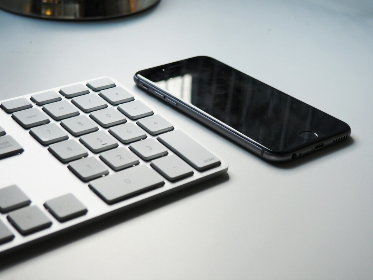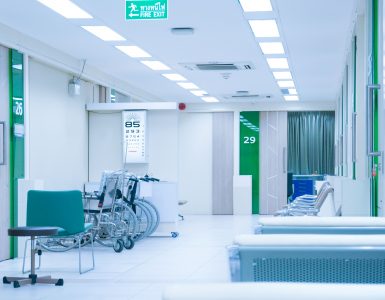The first four essays in the series extensively reviewed the Halachic issues related to medical personnel returning home on Shabbos after responding to an emergency or completing a shift in the hospital. In this week’s essay, we present a practical guide to conclude the discussion.
Important: This guide does not provide instructions as to how one should travel on Shabbos when going to save a life. There are many important Halachos in this regard, such as how one should drive and park, etc. We only present the rules of the journey itself, primarily in cases when a non-Jew will drive.
- 1) A member of Hatzalah who is called to a life-threatening emergency should respond immediately and only use a non-Jewish driver if there is one immediately available.
- 2) After completing the call, if he is close to his house and can walk home, he should do so.
- 3) If he is far away (for example, if he transported a patient to a distant hospital), he may return home in his car provided there is a strong likelihood that he will be required for another emergency in his neighborhood during Shabbos.
- 4) If it is unlikely that he will be needed again in his neighborhood, such as when there are adequate Hatzalahmembers available, he may only return home with a non-Jewish driver. If the distance from the edge of the neighborhood to the entrance of his neighborhood is greater than 12 km, he may not return even on foot.
- 5) Some hold that he may return home even if he needs to drive himself. In practical terms, the matter should be decided by a Halachic authority who knows him and can ascertain if there is a real concern that he will not leave on future Shabbosos to save lives if we do not allow him to return home. It is correct for him to be stringent and remain in his place if there is no non-Jewish driver and it is not too long until the end of Shabbos.
- 6) Under no circumstances, is it permitted for him to return to a place other than where he left from to perform the rescue. (Unless he went to save a life in one place and was then summoned to an emergency in a different place – in that case, he may return home.)
- 7) If he went to save the life of a non-Jew, he may only return home with a non-Jewish driver. If he is needed in his neighborhood, he should ask a Rav what to do.
Hospital Personnel
- 8) Medical personnel who have scheduled shifts on Shabbos do not need to arrive at the hospital before Shabbos to avoid traveling on Shabbos.
- 9) A doctor or nurse who is already in the hospital on Friday afternoon (for example, he had a morning shift ending at 15:00) and has an additional shift on Friday night (e.g., beginning at 23:00), may return home as usual after his Friday shift and does not need to remain in the hospital until his later shift begins. However, if he has a shift that begins before Shabbos and continues into it, he may not leave for an hour or two (even with permission) to accept Shabbos at home and return afterward to continue the shift.
- 10) The accepted ruling is to permit a doctor or nurse who has a shift on Shabbos day to both travel to the hospital and return home with a non-Jewish driver.
- 11) He should not travel in his car since this arrangement is fixed. Moreover, there are usually additional staff members in the hospital.
- 12) The Heter for a doctor or nurse to travel to and from the hospital applies even if he lives in an area that is further than 12 km away from the city in which the hospital is located. As mentioned, he should enlist a non-Jewish driver. He may certainly return home if he is needed to respond to emergencies in his neighborhood.
- 13) If traveling to the hospital without desecrating Shabbos does not require extreme effort, such as walking up to a half hour in weather that is neither too hot nor rainy, he should do so. However, if the walk is several hours or the weather conditions are extreme, he need not trouble himself and may travel with a non-Jew Lechatchila. (This question depends upon each individual’s strength and circumstances.)
- 14) A doula may accompany a Yoledes to the hospital even though there are professional midwives employed there. However, the Yoledes herself may only summon the doula if she feels that she needs her support. This is known only to her. Doulas would do well to clarify these matters to womenwho are preparing for birth.
- 15) It is ideal for medical personnel who travel to and from the hospital on Shabbos to wear their hospital attire to avoid Maris Ayin of Chillul Shabbos.
- 16) As a rule, medical personnel should take care to refrain from any unnecessary Melacha or Isur. For example, it is better to utilize public transport (driven by a non-Jew) because it is not functioning specifically for them. Even when a private car is necessary they should avoid unnecessary Issurim – i.e., the service should be ordered and paid for before Shabbos rather than using a ridesharing app on Shabbos. A fixed non-Jewish driver should be prearranged from before Shabbos.
- 17) A regular person who goes out to save a life, such as to drive a relative or neighbor who is critically ill to the hospital, must remain there until the end of Shabbos. Though some lean toward leniency in this case, Lechatchila he should neither desecrate Shabbos nor even enlist a non-Jew driver to drive him home.
- 18) There are three potential issues concerning the transport of belongings on Shabbos: Muktza, carrying, and carrying outside the Techum.
- 19) Muktza items such as a cellphone may be brought along if they are needed. For example, if the pickup point for a medical professional is some distance from his house, he needs his phone in case of a delay or to reschedule, or to inform the hospital that he missed his ride, etc.[1] It is certainly permissible if the phone is necessary for matters of Pikuach Nefesh in the hospital (hospital staff typically communicate with each other and receive notifications on personal devices). It should be carried k’l’Achar Yad, such as on one’s belt (not in his hand, pocket, or bag). However, it may not be carried merely for convenience (e.g., to have it available on Motzaei Shabbos.
- 20) Carrying – carrying things like an identification card, keys, or food depends on whether there is an Eruv. The car itself is considered a Reshus haYachid. Thus, if both the doctor’s neighborhood and the area to which he is driving (a neighborhood or hospital) have an Eruv, he may take necessary items like food, identification, changes of clothing, and keys. This is true even if there is no Eruv in the areas through which he passes on his journey. However, if there is no Eruv in either his location or his destination, he may not take other items with him. (If only his destination lacks an Eruv he may take things with him but must leave them in the car.) If he genuinely needs them he should ask a Rav.
- 21) Carrying outside the Techum – Whenever it is permissible for a person to leave the Techum, he may take personal items outside the Techum.
[1] Discussion of how to use a cellphone on Shabbos in these scenarios is beyond the scope of this essay.














Add comment